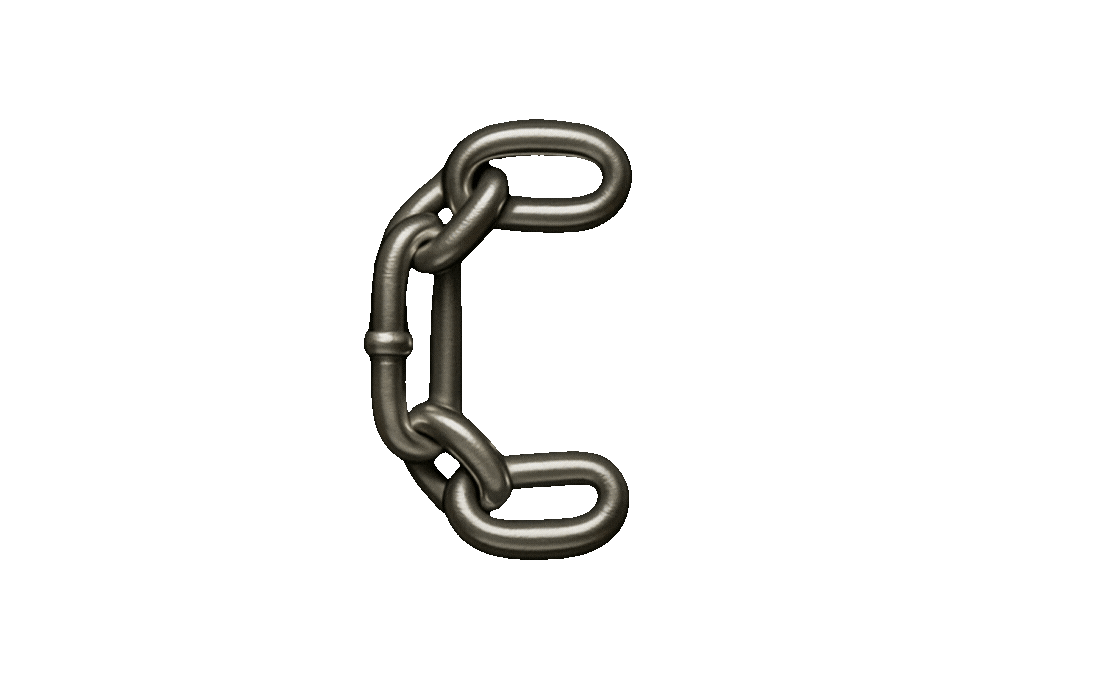Ultrasonic Testing (UT) is one of the most reliable nondestructive testing (NDT) methods available. However, even the most experienced technicians can make common UT testing mistakes that lead to inaccurate measurements, missed defects, and reduced inspection efficiency. In this post, we’ll explore the top five pitfalls in ultrasonic testing and offer practical tips to help you avoid them.
Table of contents
1. Skimping on Surface Preparation
The Mistake:
Failing to properly clean or prepare the surface before conducting UT can lead to inaccurate readings. Dirt, grease, rust, or paint can prevent the transducer from making effective contact, resulting in weak or distorted signals.
How to Avoid It:
-
- Always inspect and clean the surface thoroughly before testing.
-
- Remove any debris, rust, or paint in the area where the probe will be placed.
2. Using the Wrong Couplant (or Not Enough)
The Mistake:
Couplants facilitate the transfer of ultrasonic energy from the transducer into the material. Using the wrong type or an insufficient amount can reduce signal strength and lead to inaccurate measurements.
How to Avoid It:
-
- Select a couplant suited to your testing environment and material.
-
- Apply enough couplant to ensure full coverage between the transducer and the test surface.
3. Neglecting Proper Calibration
The Mistake:
Calibration is critical for accurate UT results. Inconsistent calibration or using out-of-date reference standards can cause errors in thickness measurements and flaw detection.
How to Avoid It:
-
- Calibrate your UT equipment before each testing session or whenever changing probes.
-
- Store and handle reference blocks correctly to prevent wear and tear.
4. Incorrect Probe Selection
The Mistake:
Different applications call for different probe frequencies and sizes. Using an inappropriate probe can lead to insufficient penetration, poor resolution, or missed defects.
How to Avoid It:
-
- Understand your material properties, thickness range, and testing goals.
-
- Choose the right frequency and probe size based on your application.
5. Overlooking Documentation & Data Analysis
The Mistake:
Even with perfect technique, failing to record and analyze data effectively can lead to missed trends or incomplete inspection records.
How to Avoid It:
-
- Use standardized data collection forms or digital tools to track inspection details.
-
- Review data regularly for signs of deterioration or recurring flaws.
Bonus Tips: Get the Most Out of Your UT Equipment
• Stay Updated: Regularly update software and firmware for your UT instruments to benefit from the latest features.
• Routine Maintenance: Inspect cables, connectors, and transducers for wear or damage.
• Training & Certification: Ongoing education ensures technicians remain current with best practices.
By addressing these common UT testing mistakes—from surface preparation and couplant selection to calibration, probe choice, and thorough documentation—you can significantly enhance the reliability of your ultrasonic inspections. Incorporating regular training, proper equipment maintenance, and robust data management practices will help you maintain high standards and minimize errors in the field.
Ready to take your UT testing to the next level?
-
- Explore our Ultrasonic Testing Solutions to find the right equipment and accessories for your needs.
-
- Need help troubleshooting or refining your techniques? Contact Our Team for personalized support.






